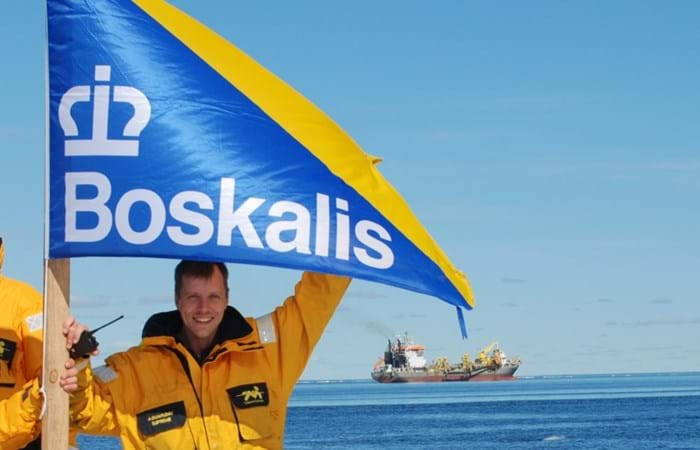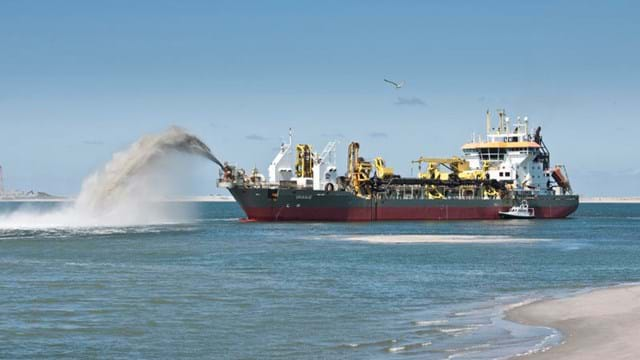The Baydaratskaya Bay Project is located in the Kara Sea in the North of Russia. The Kara Sea is bordered on its western side by Novaya Zemlya and on the east by the North Siberian Coast. Baydaratskaya Bay is located in the south of the Kara Sea between the Ural Coast and the Yamal Peninsula. Yamalgasinvest (Gazprom) is planning the construction of four pipelines and two cable crossings at Baydaratskaya Bay for the exploitation of the Bovanenkova and Harasawejskoje gas field on the Yamal Peninsula.
The pipeline trajectory continues to Uktha an important industrial city in the Komi Republic of North Western Russia. The gas mainline system Bovanenkova-Uktha is part of the Yamal-Europe gas mainline projected for natural gas supply to the gas transport network of Central Russia and further on to Western Europe.
The pipeline installation contract was awarded to the Russian pipe lay company Mezhregiontruboprovodstroy (MRTS) operating the pipe lay barge Defender'.
Boskalis Offshore was awarded the contract for dredging and backfilling of the pipeline trenches, which was executed with trailing suction hopper dredger Oranje.

